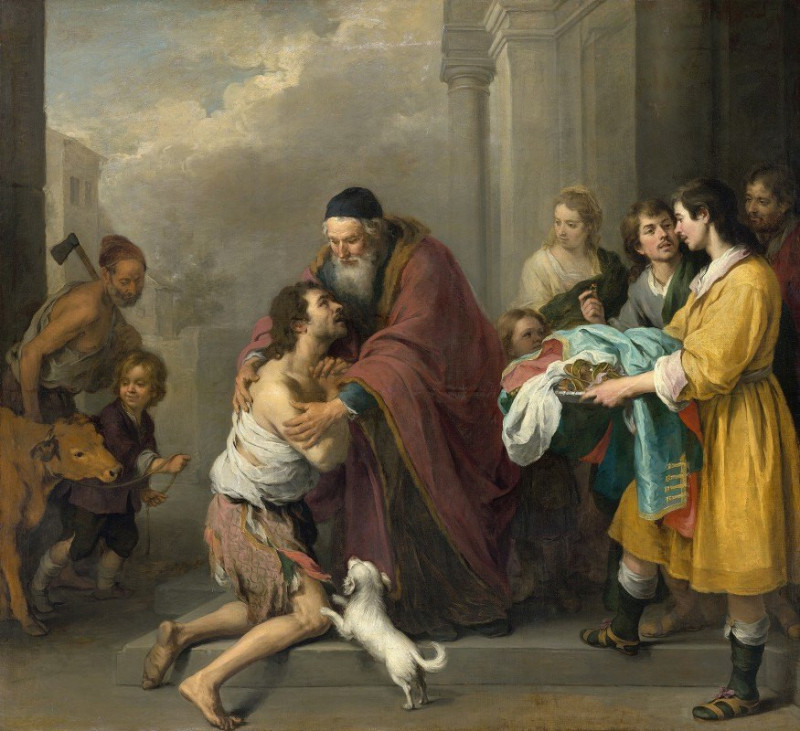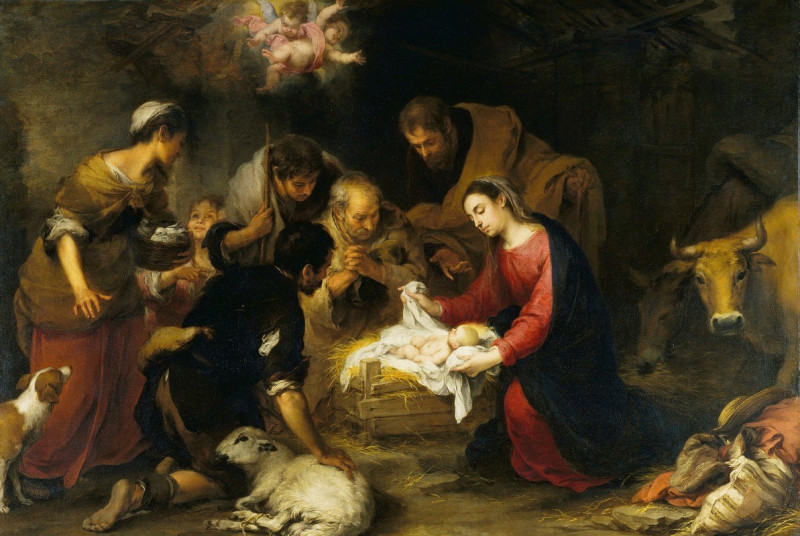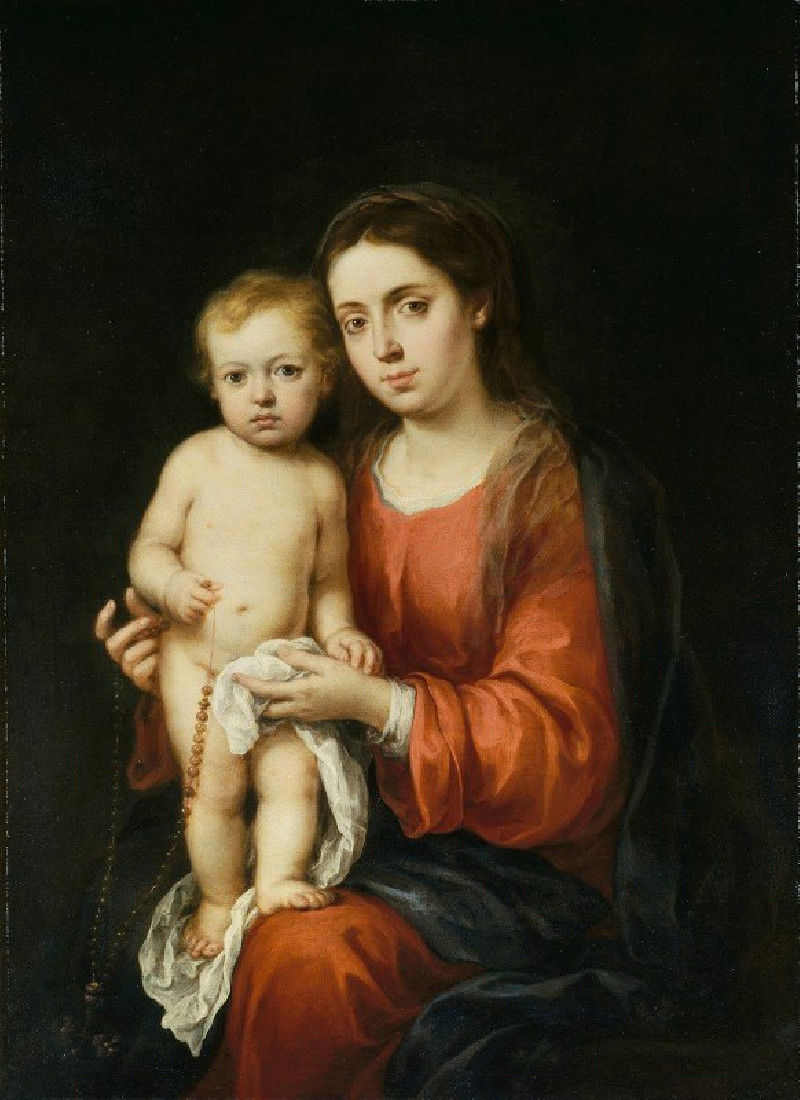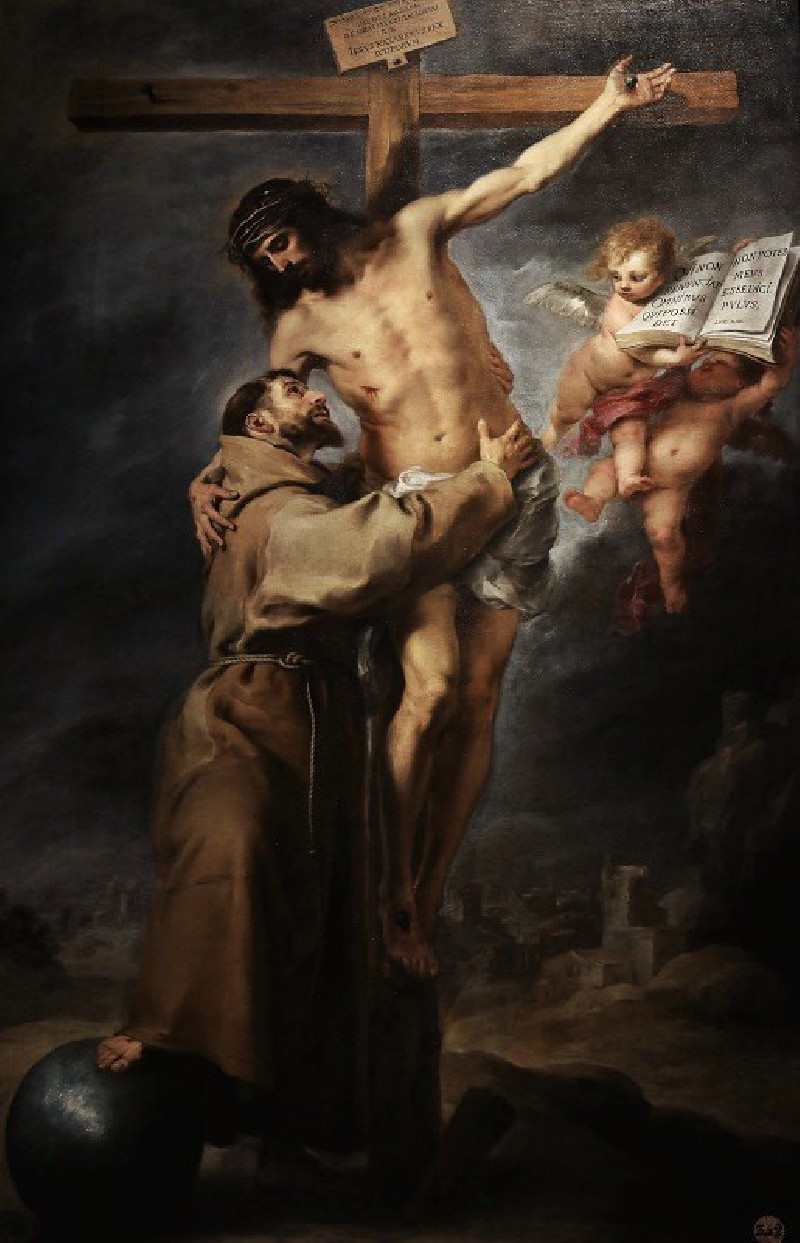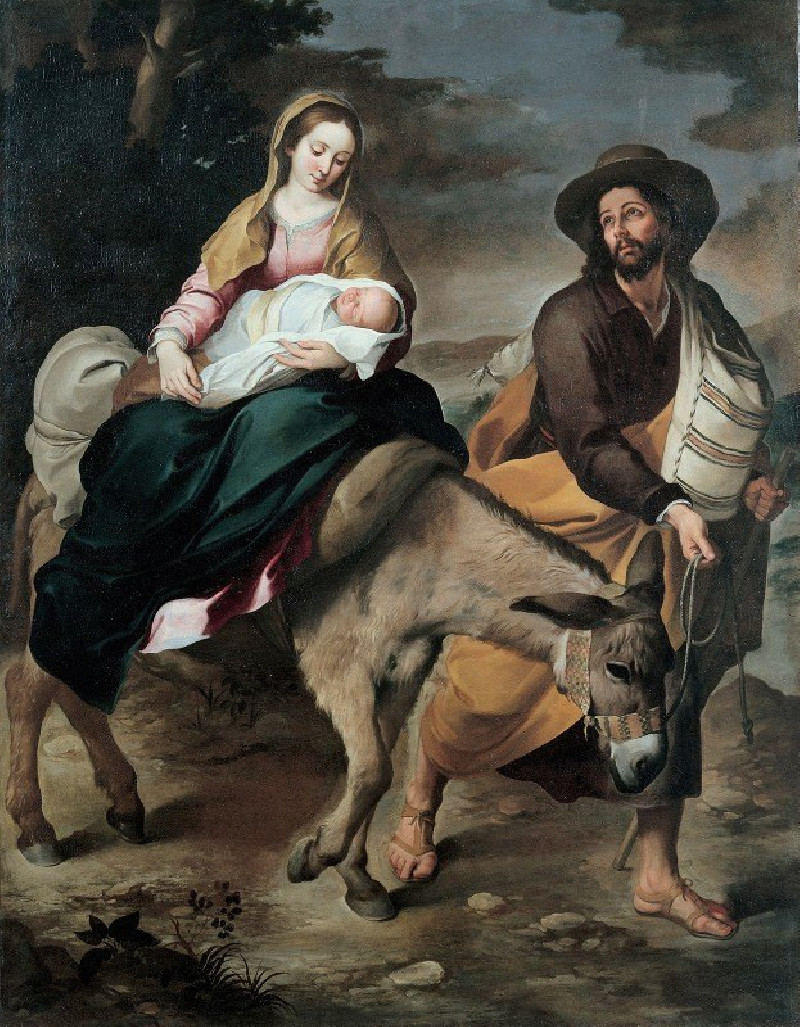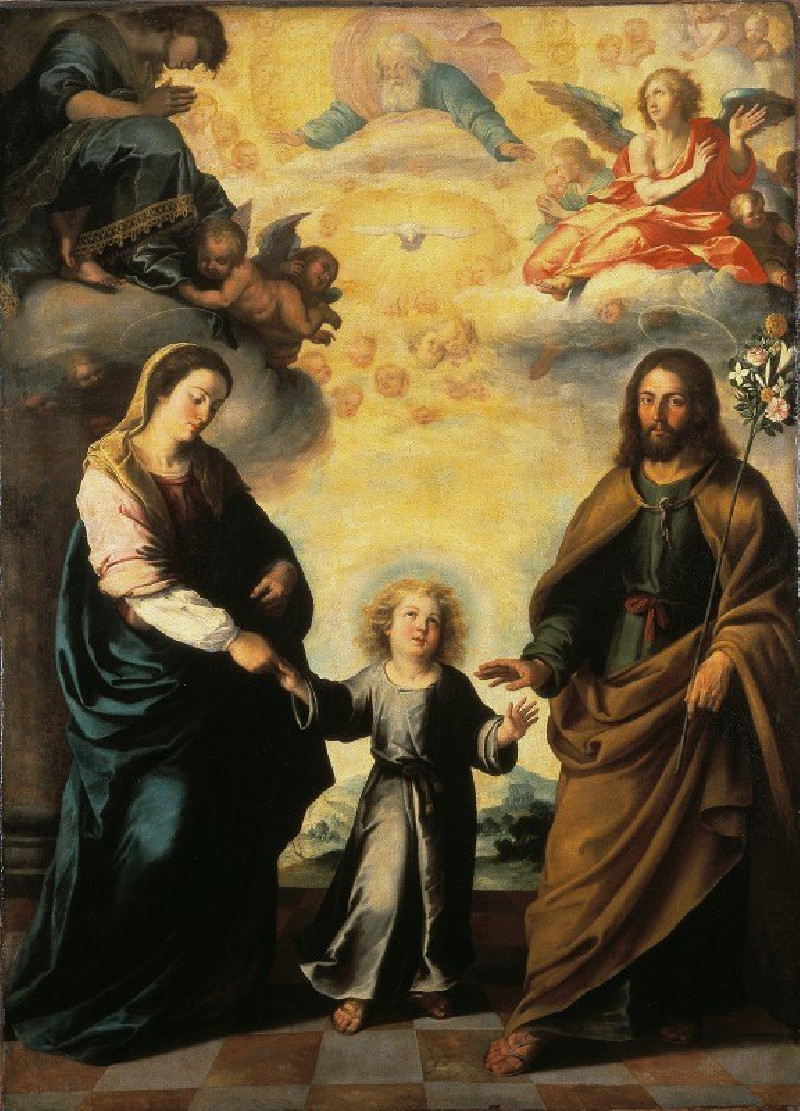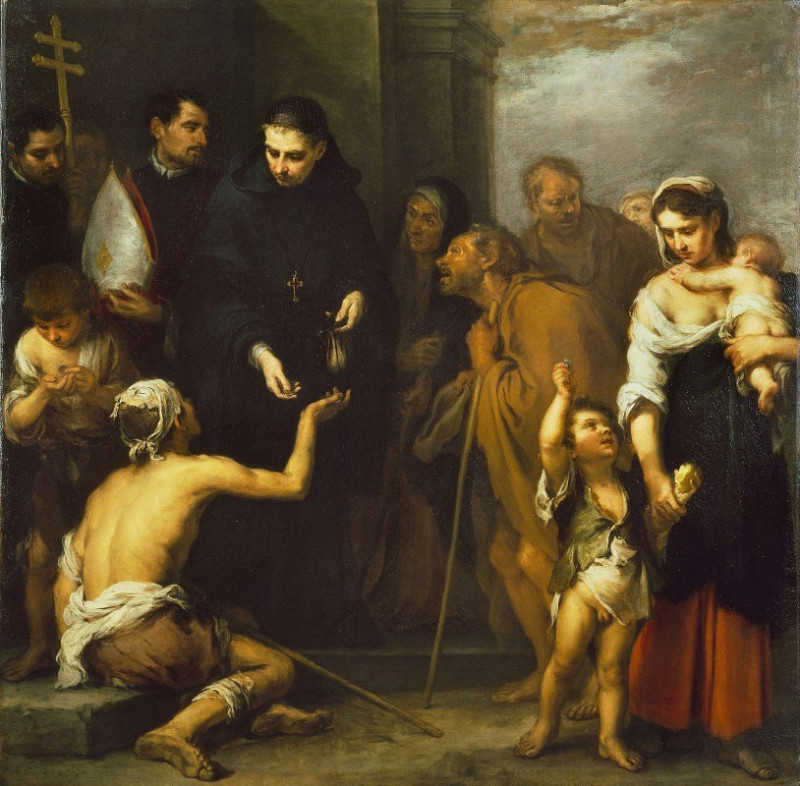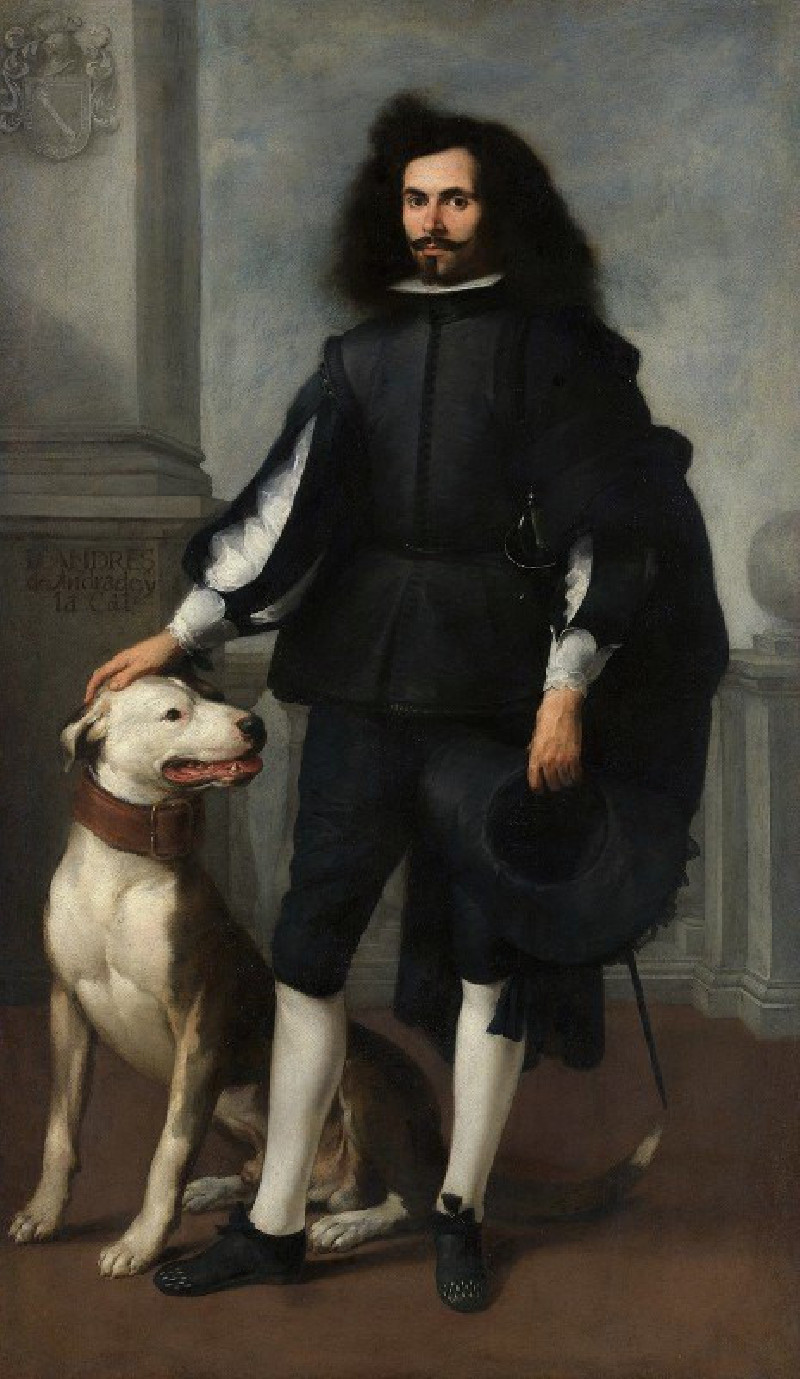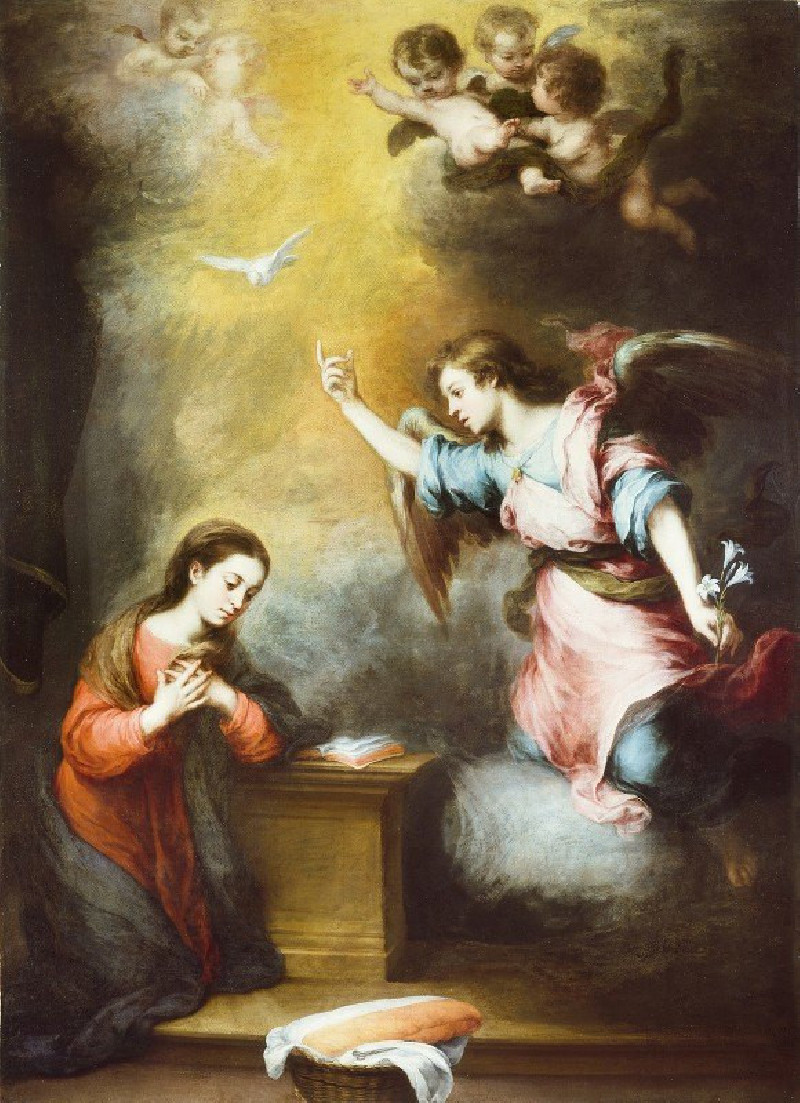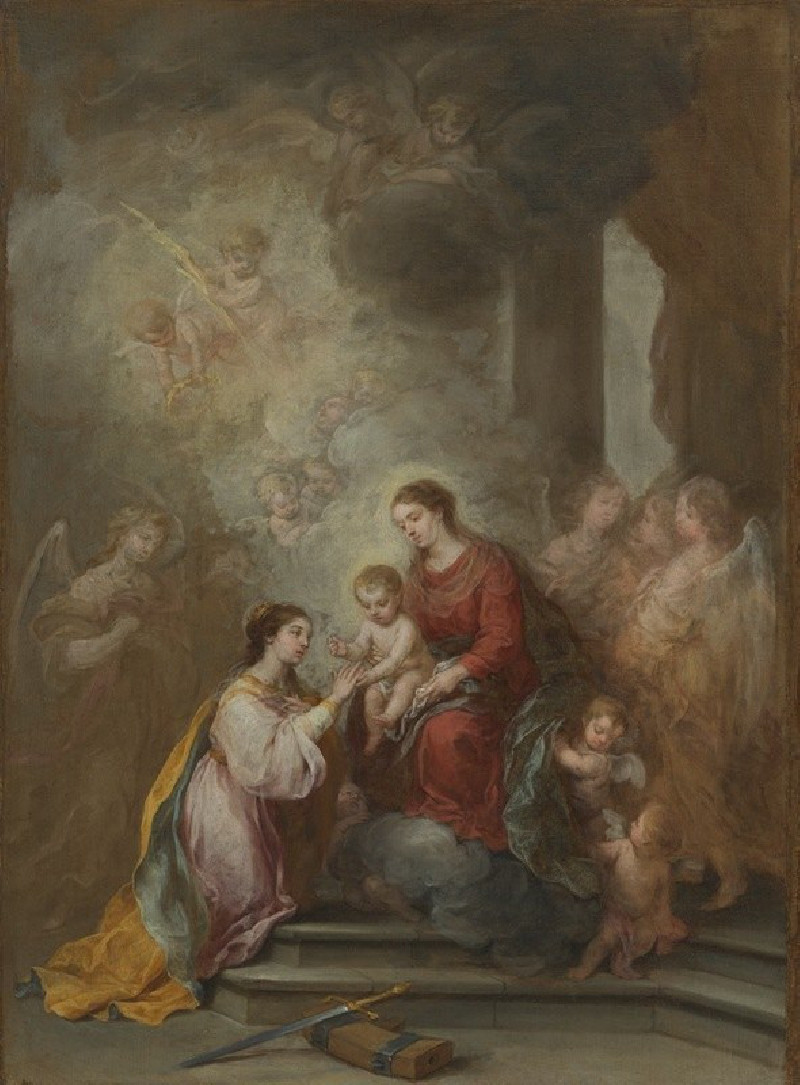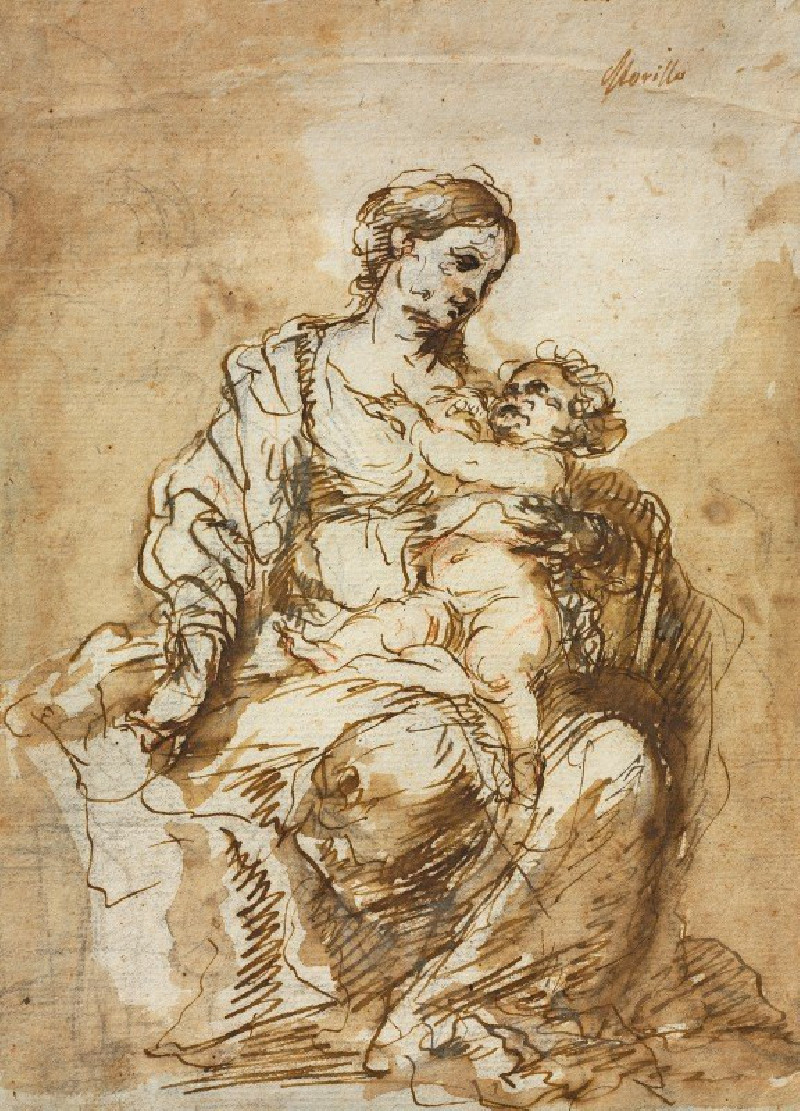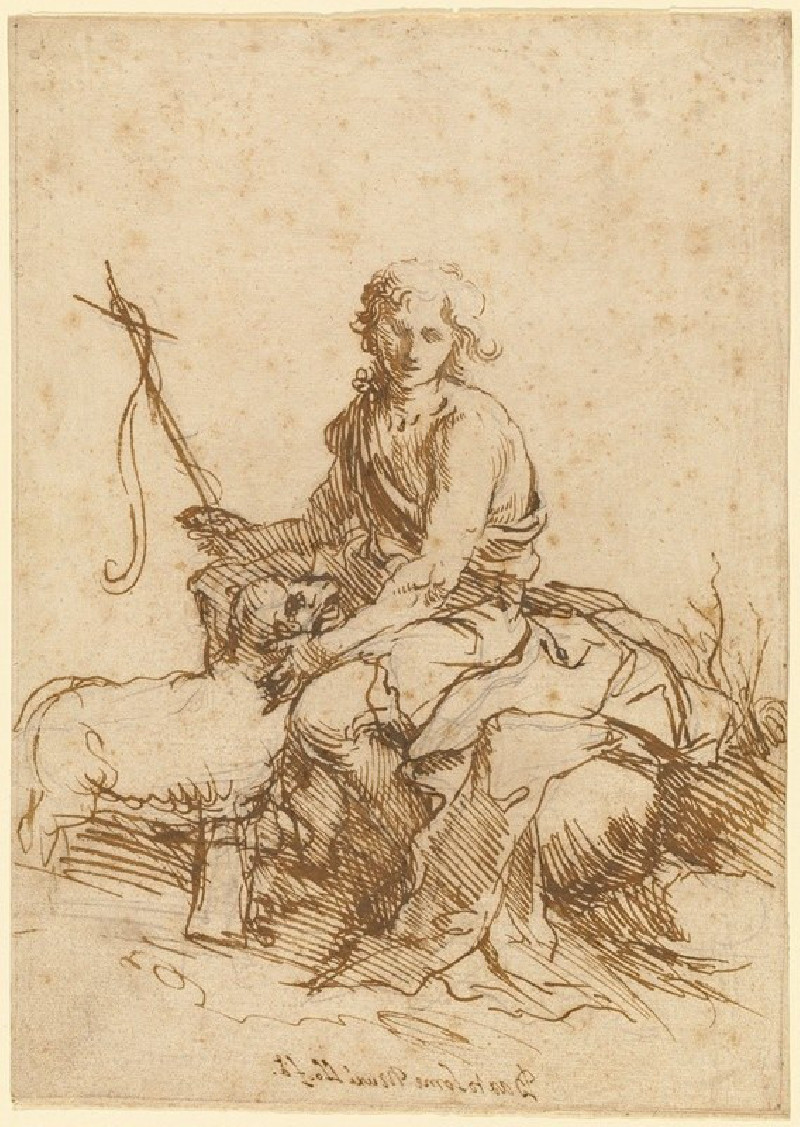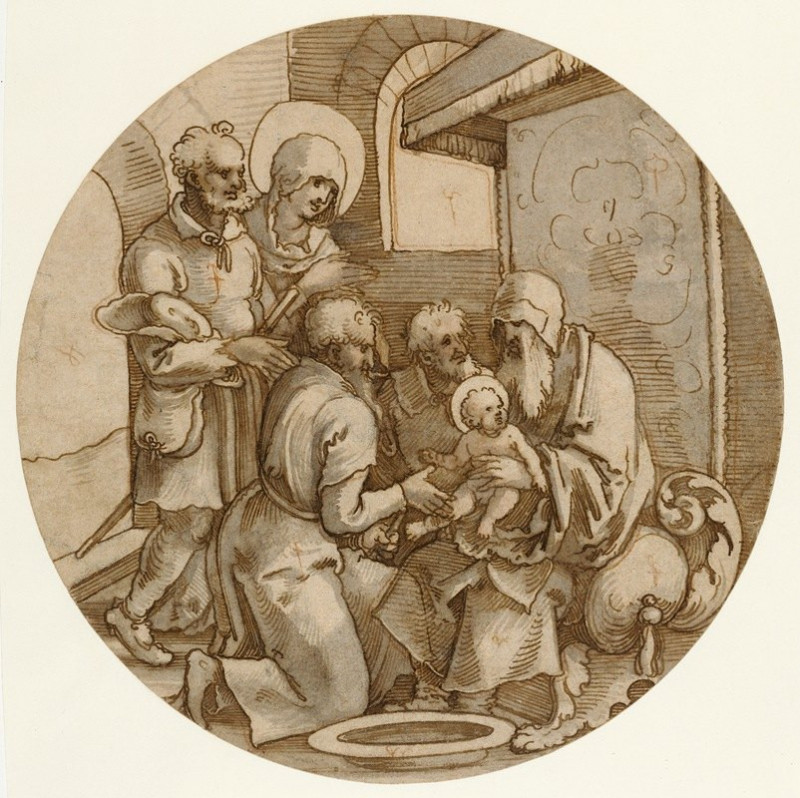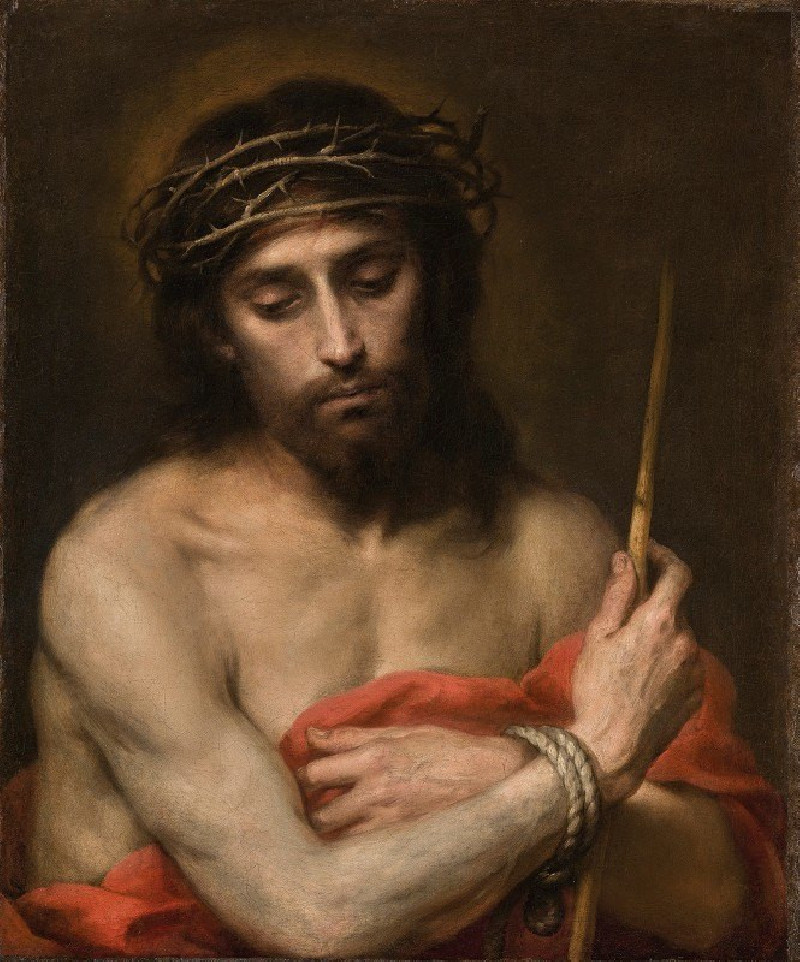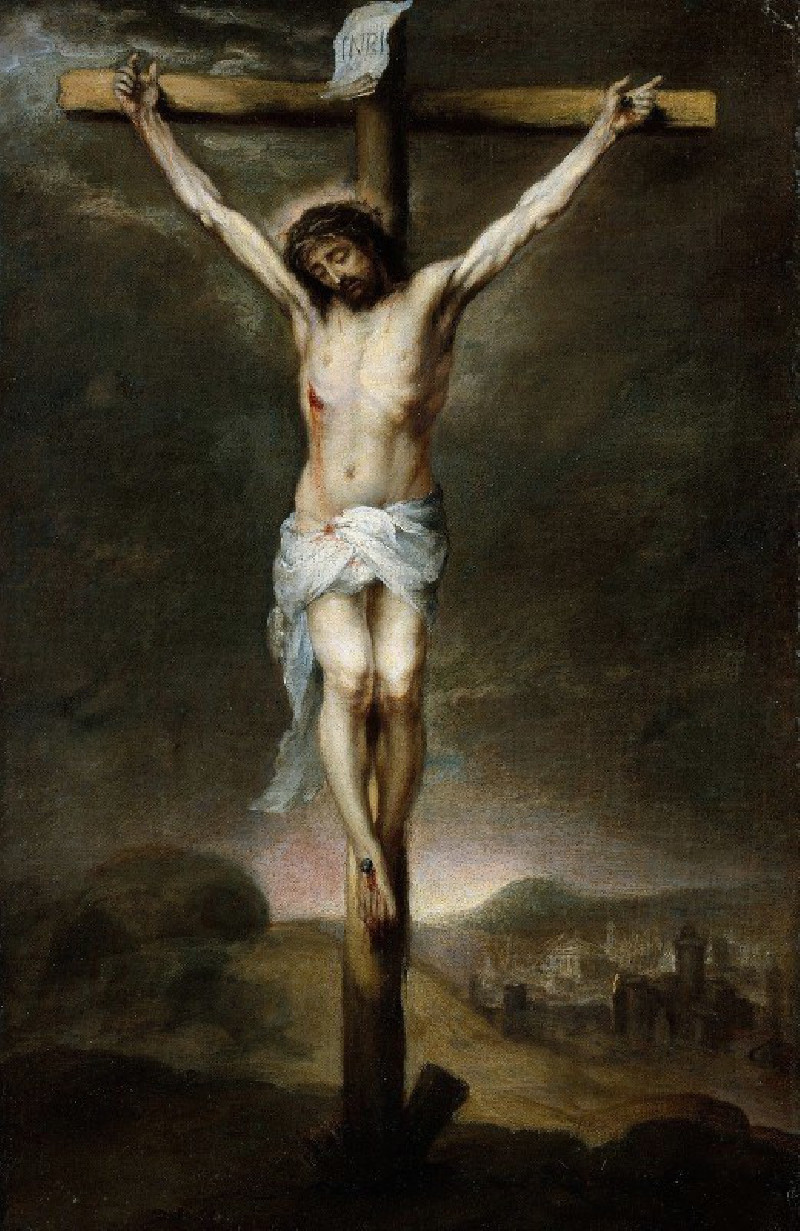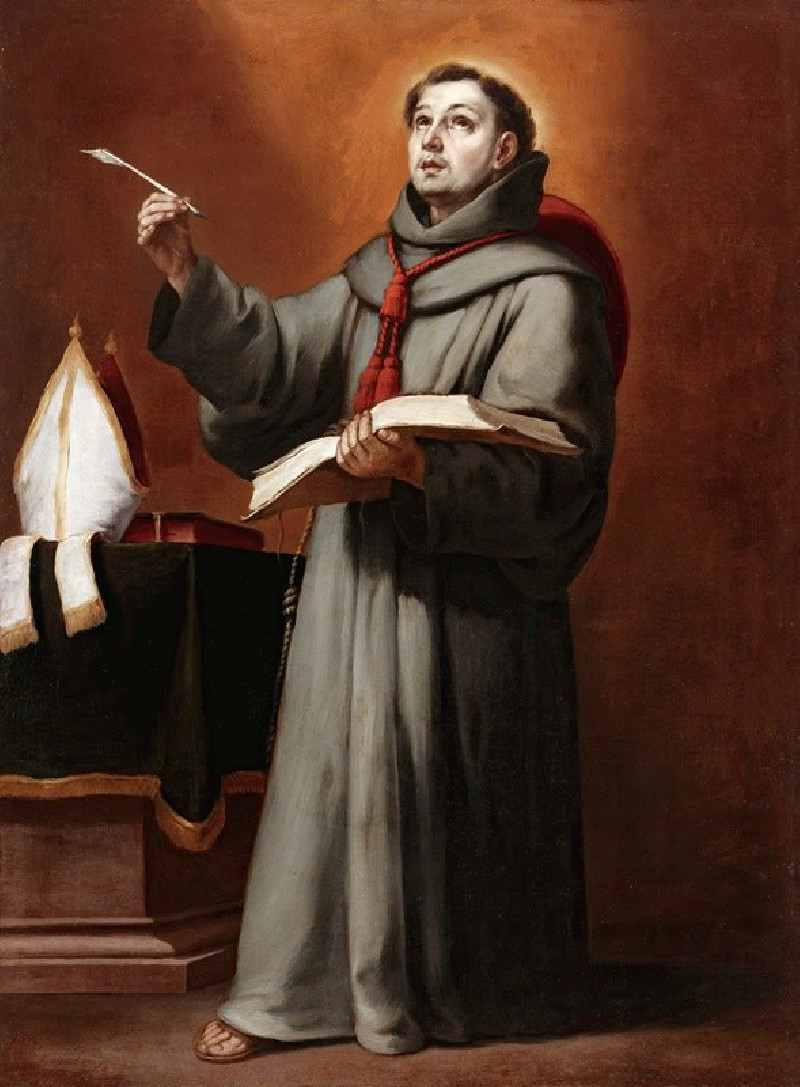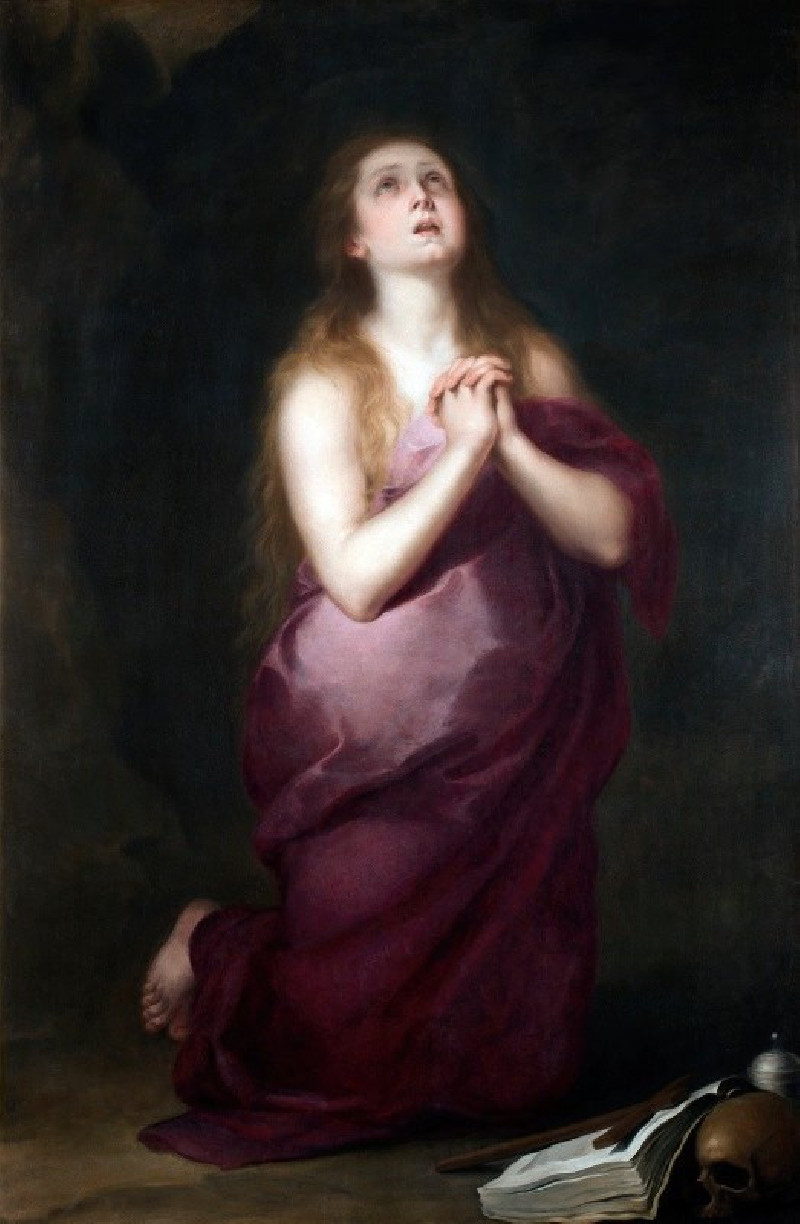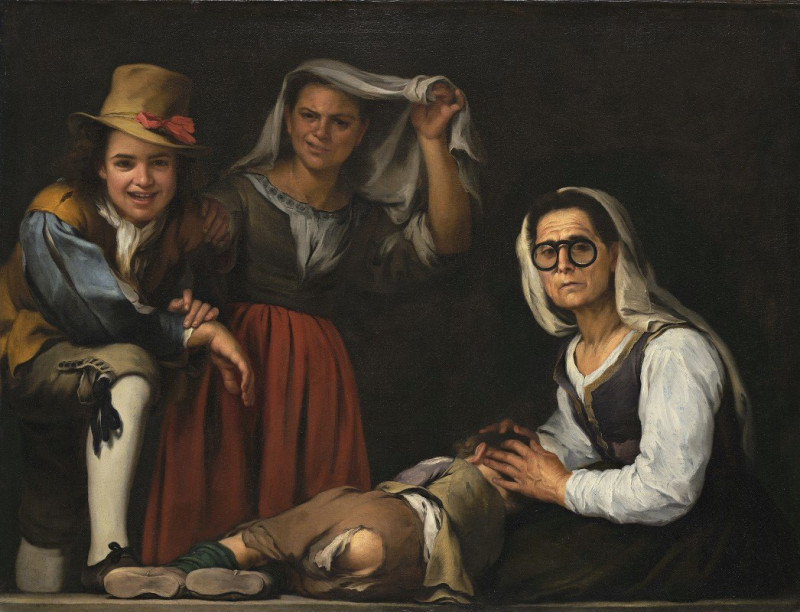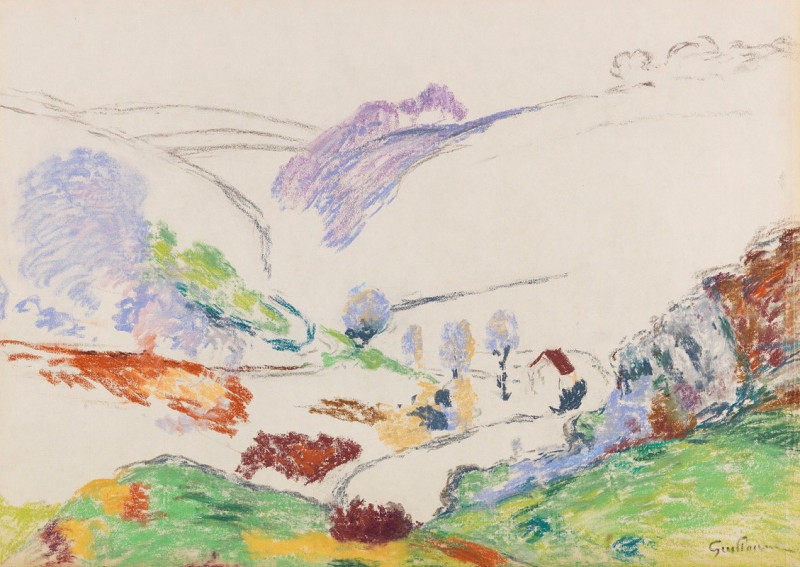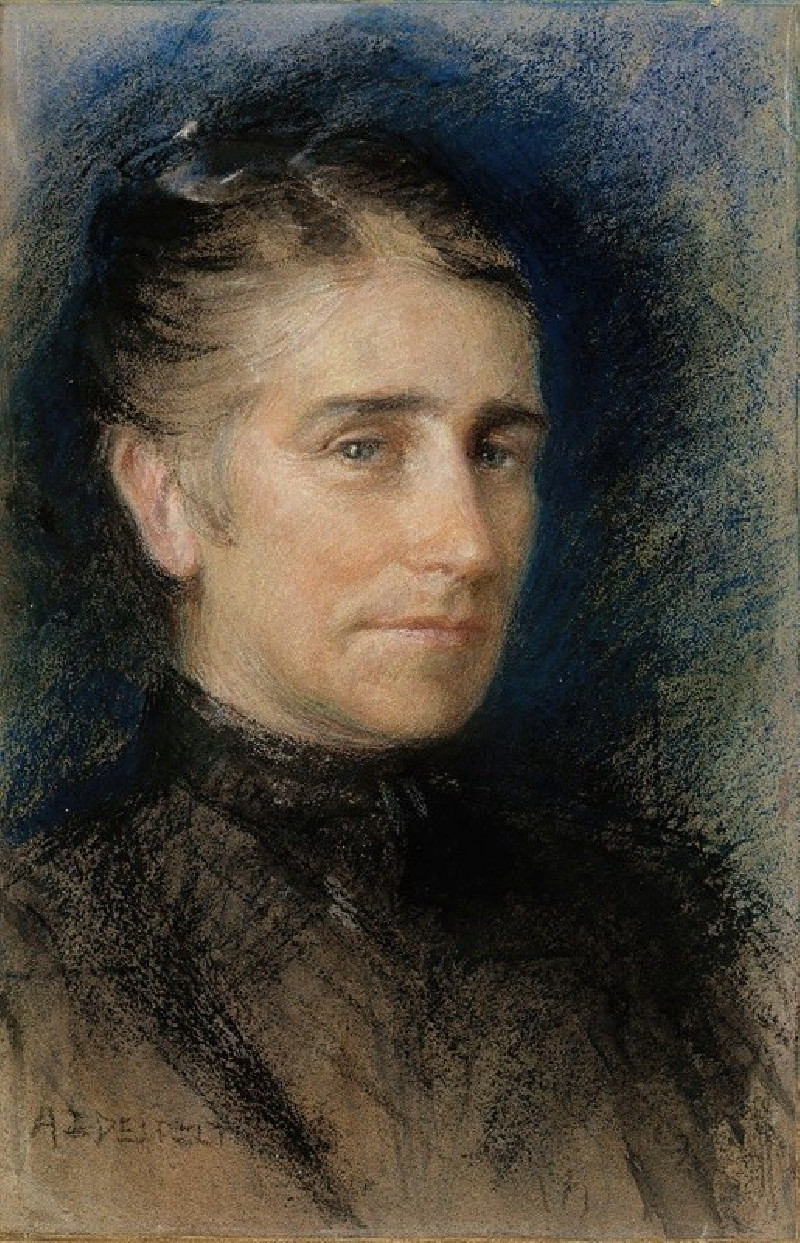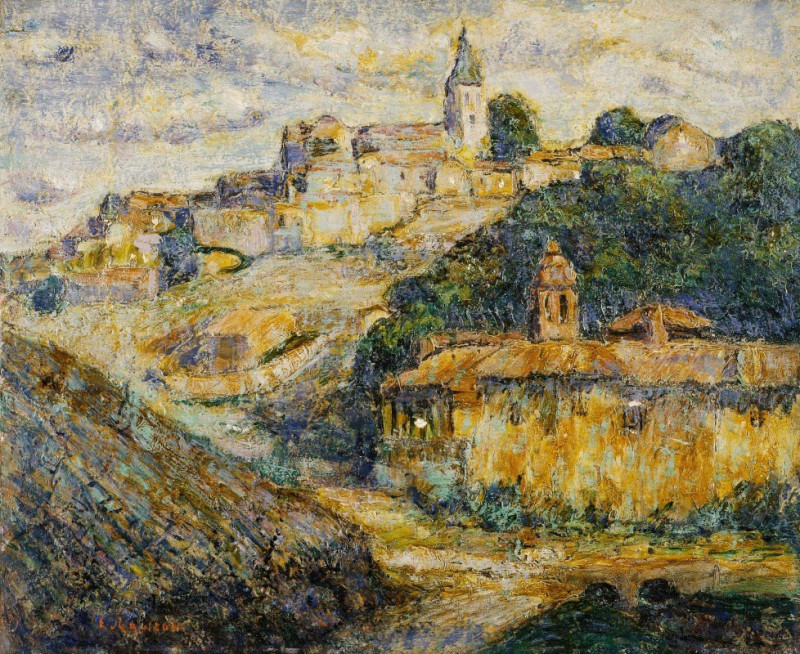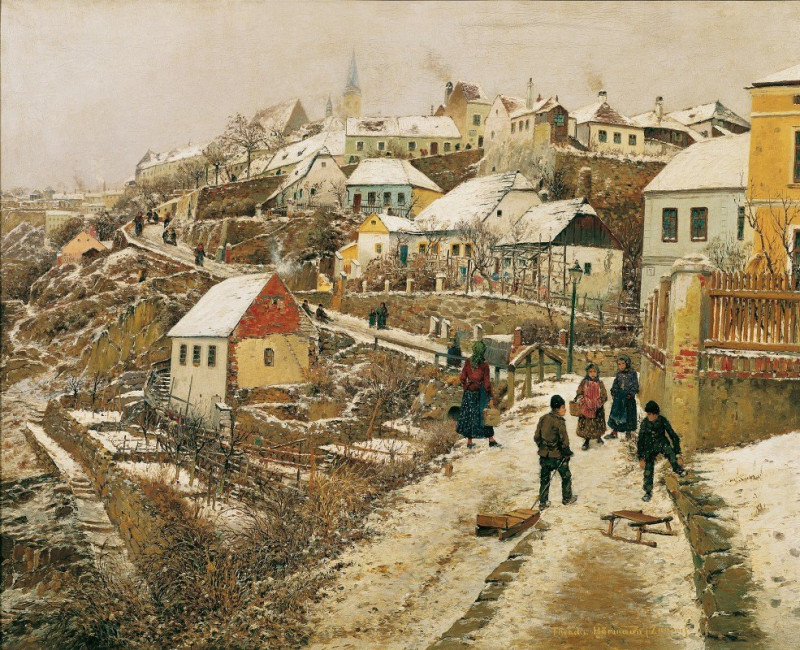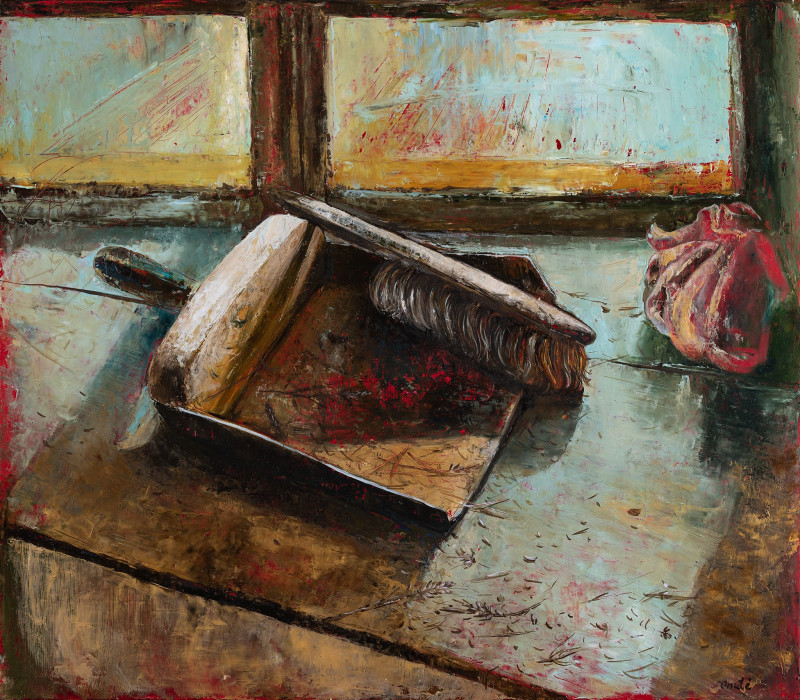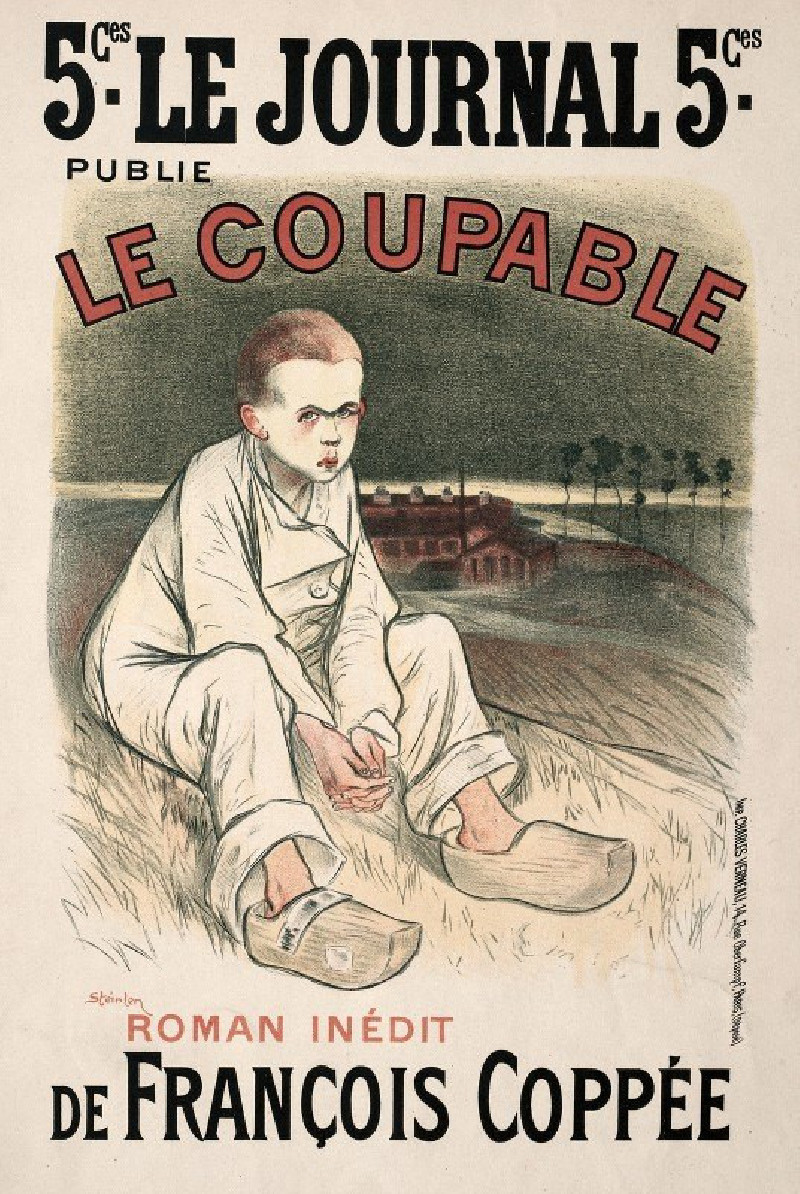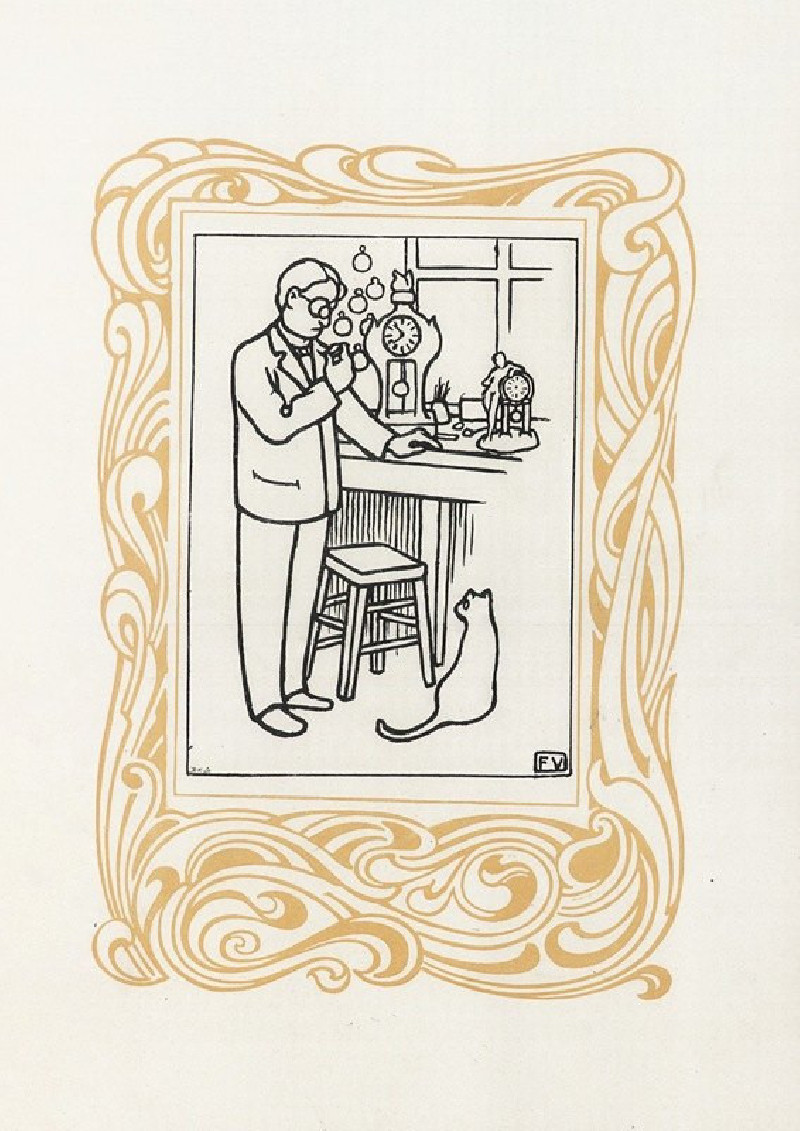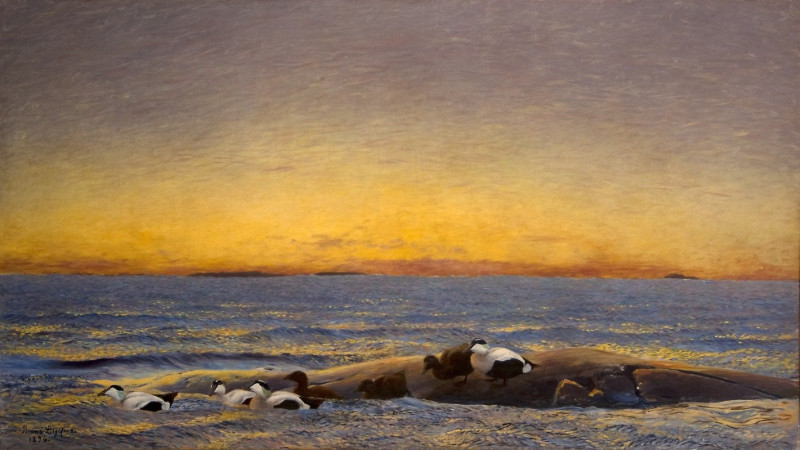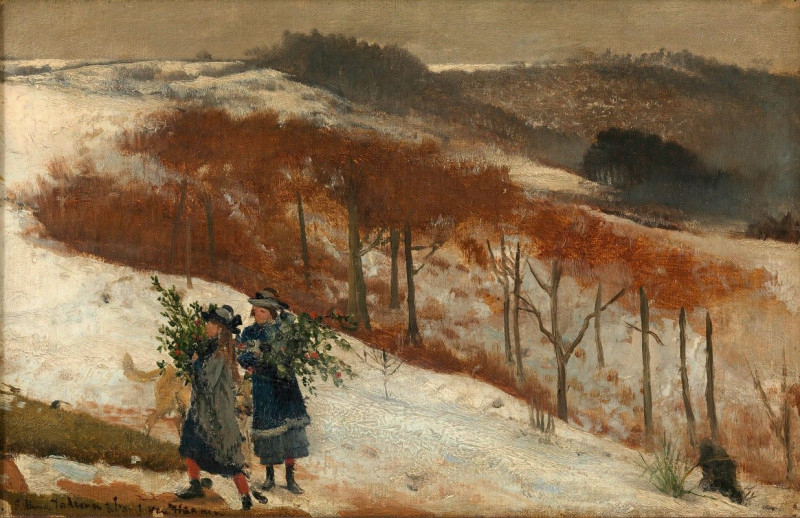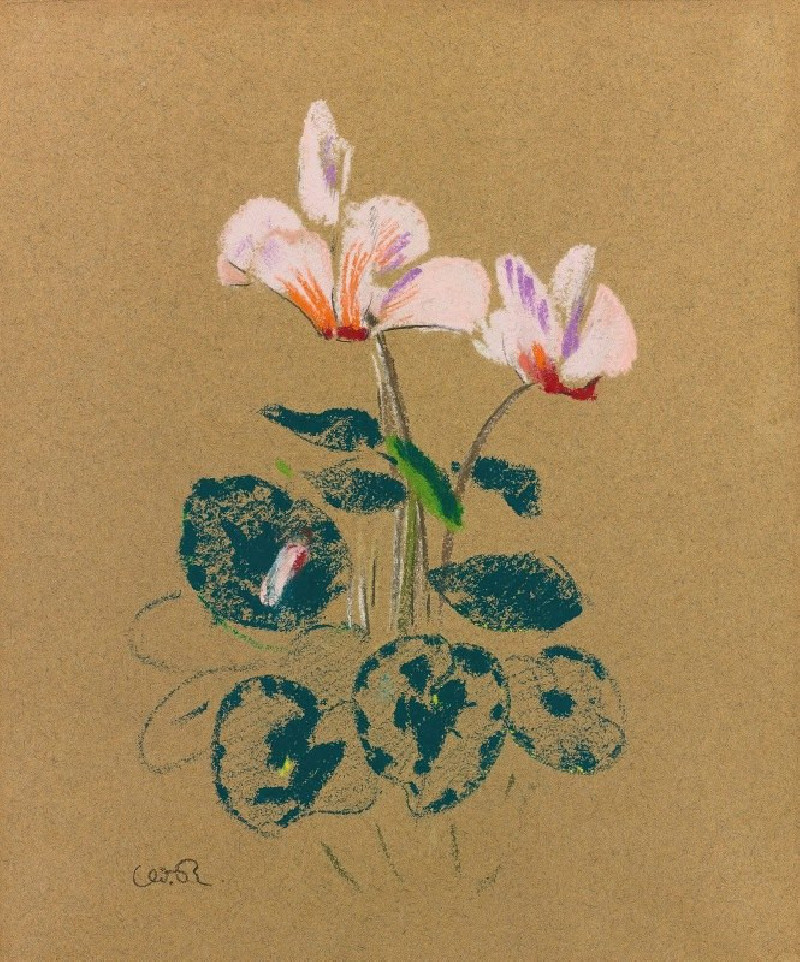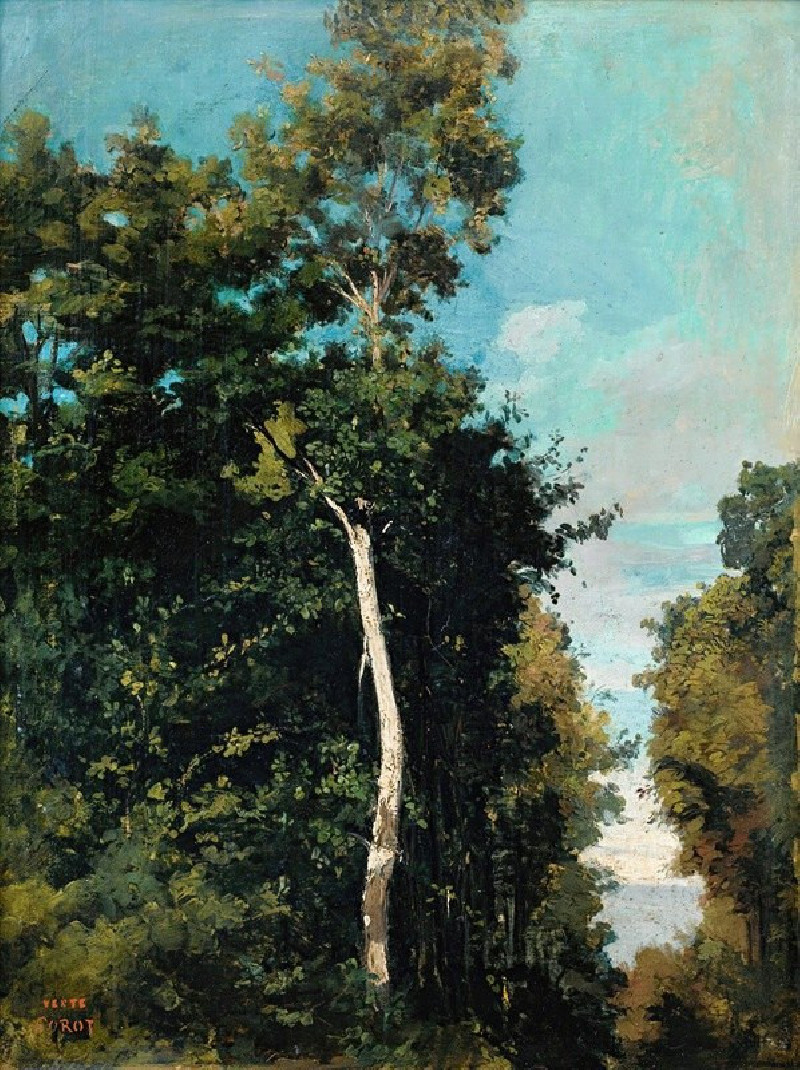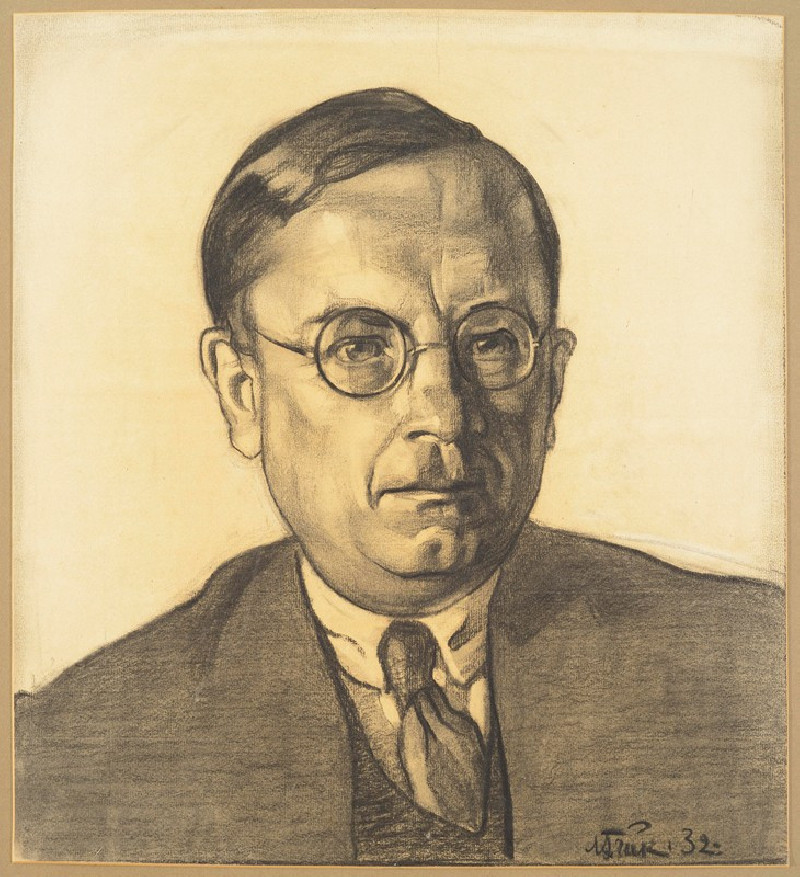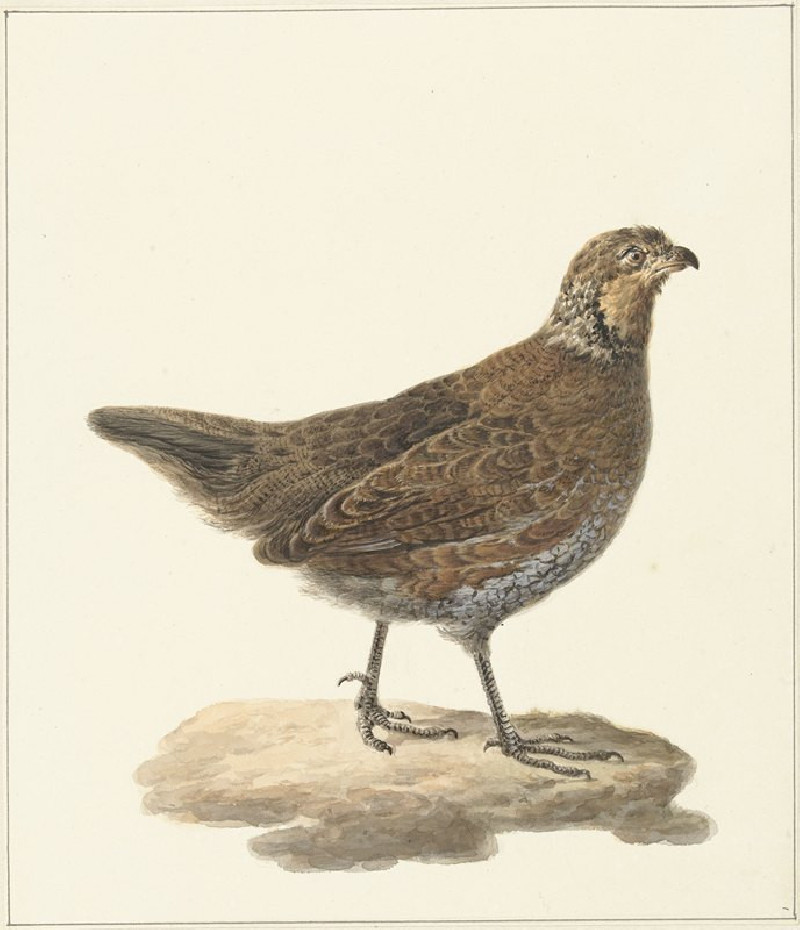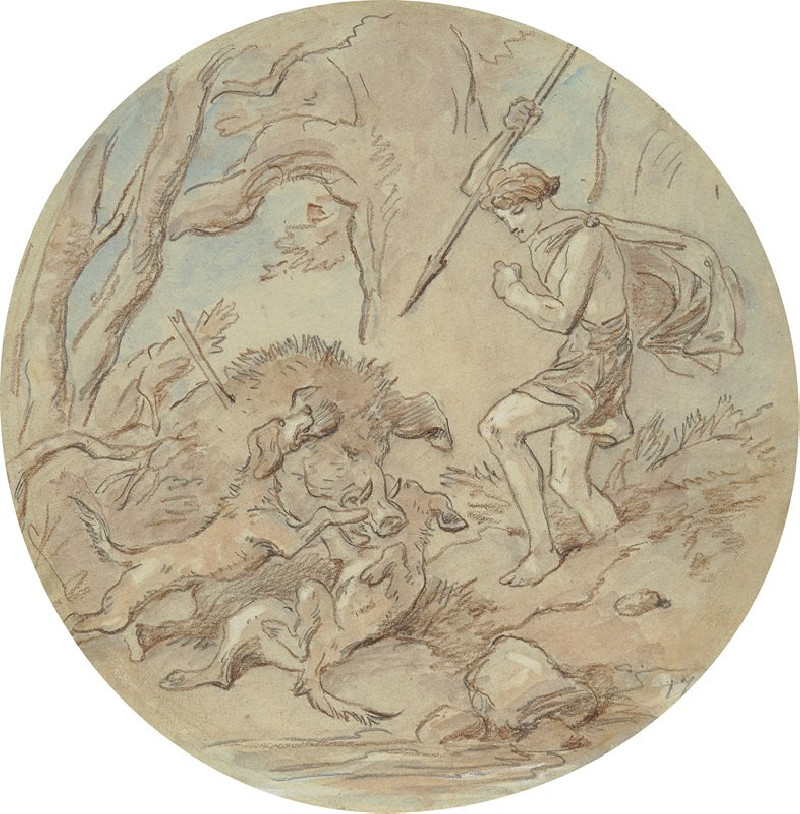The Return of the Prodigal Son (1667-1670)
Technique: Giclée quality print
Recommended by our customers
More about this artwork
The artwork titled "The Return of the Prodigal Son" created by Spanish Baroque master Bartolomé Estebán Murillo between 1667 and 1670, is a poignant representation of forgiveness and unconditional love. The painting, based on a parable from the Bible, beautifully captures the moment the prodigal son returns home, weary and repentant, after squandering his inheritance.In this masterful depiction, Murillo portrays the son in a state of dishevelment, his clothing torn and barely covering him, indicating his hardships and despair. He is kneeling and leaning with relief into his father, who embraces him with an overwhelming expression of compassion and welcoming love. The father, dressed in rich and warm robes, symbolizes not only authority but also the boundless grace and forgiveness.To the right, other characters observe the reunion, including a figure who might be the elder brother, looking on with a complex mix of emotions, possibly indicating his struggle to accept his father's easy forgiveness of the prodigal brother. A child with a playful calf and other onlookers in the background contribute to the narrative, depicting various forms of human judgment and acceptance.Murillo's use of soft, atmospheric light not only highlights the central figures but also adds to the emotional depth and spiritual atmosphere of the scene. The delicate interplay of expressions and gestures among the figures invites viewers to reflect on themes of redemption, familial love, and human grace.
Delivery
Returns
Bartolomé Esteban Murillo (December 1617, January 1, 1618 – April 3, 1682) was a Spanish Baroque painter. Although he is best known for his religious works, Murillo also produced a considerable number of paintings of contemporary women and children. These lively realistic portraits of flower girls, street urchins, and beggars constitute an extensive and appealing record of the everyday life of his times. He also painted two self-portraits, one in the Frick Collection portraying him in his 30s, and one in London's National Gallery portraying him about 20 years later. In 2017–18, the two museums held an exhibition of them.

